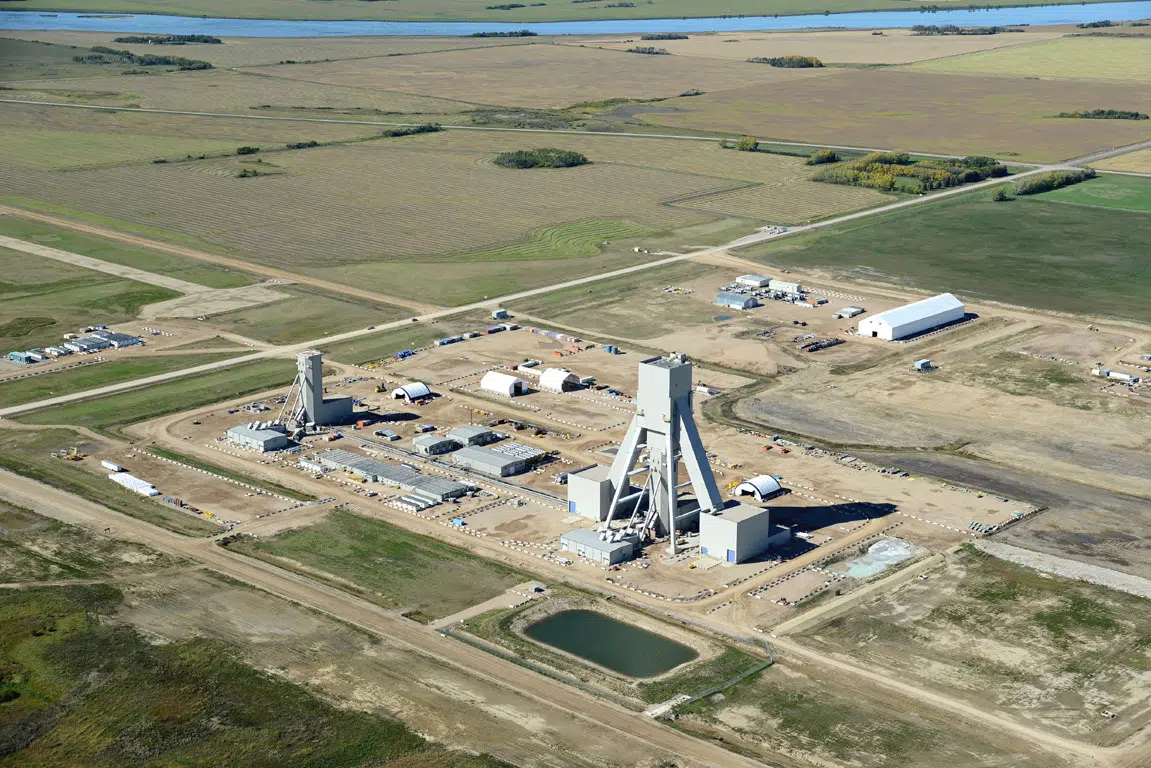
Photo credit: BHP
BHP expects its Jansen potash project in Saskatchewan will be a valuable asset for decades to come. CEO Mike Henry stated in a webcast after the release of its half-year-report, which encompasses last July through December, that potash is a great business for BHP and its shareholders because as the population grows the world needs more food and the best way to get more from the land is with fertilizer, and that’s where the demand for fertilizer will come in.
He believes through its Jansen mines about 150 kilometres southeast of Saskatoon, BHP has the world’s best undeveloped, but now being developed, resources of potash, which will allow the international mining company to become one of the world’s largest potash producers by early next decade.
Henry says, “We are going to be sitting at the very low end of the cost curve and that means we are going to be able to generate really health returns and value for shareholders for many, many years to come in this commodity that is going to be needed for sustainable production of food to feed the world, well into the future.”
BHP’s Chief Financial Officer, Vandita Pant, considers potash a resilient commodity in the market, but says Jansen is also resilient as an asset within that. She explains, “That’s because it is, will be, at the low end of the cost curve while using the largest and most advanced mining equipment and technology, which gives us the cost advantage.”
BHP’s half-year report states that Jansen Stage 1 is 63 per cent complete and is expected to begin production by the end of next year.
Jansen Stage 2 is six per cent complete and is expected to be up and running in fiscal year 2029.





















